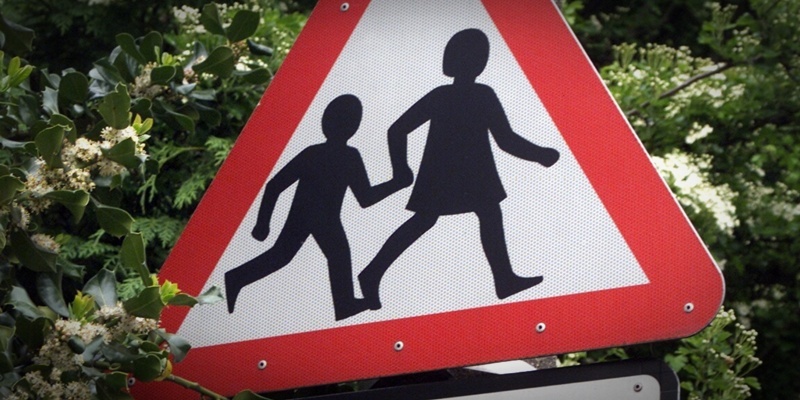Teacher numbers have fallen to their lowest point since 2007, according to new figures.
Nationally and locally, statistics show pupil/teacher ratios on the rise after they had been improving. Labour education spokesman Ken Macintosh said a ”quiet crisis” is brewing in classrooms.
He said: ”Even on pupil/teacher ratios, as opposed to class sizes, the SNP Government is doing exactly the opposite of what they said they would do.
”I worry not just for our teachers but for our children, who are the real losers here.
”We must aspire to have a world-leading education system again because the tragedy is that behind each of these statistics is a pupil not getting the time, attention and quality of education they deserve.”
Scottish Conservative education spokeswoman Liz Smith said the figures are embarrassing for the SNP.
She said: ”They promised smaller class sizes, lower pupil-to-teacher ratios and that they would maintain teacher numbers across the board. Almost everything is going in the opposite direction to what they pledged.
”Parents in every corner of Scotland, especially those who believed the SNP manifesto in May and voted for them, have every reason to feel let down and angry.”
Education Secretary Michael Russell said the total of 51,286 teachers for 2011 is better than the target of 51,131 agreed with local government and unions.
The national figures showed a reduction from the high of 55,100 in 2007 when the SNP took office, to 51,441, if grant-aided positions are included. The government figures also showed two-thirds of new teachers were in work after their probation year, up from 58% last year.
Average primary class sizes remained roughly the same, rising slightly from 22.4 to 22.5, while 99% of P1 pupils were in classes of 25 or fewer, compared with 87% in 2010.
The number of exclusions from local authority schools dropped by 11% from 30,211 to 26,844.
Mr Russell said: ”Today’s figures show that, in line with our agreement with our partners in teaching unions and local government, they have delivered our commitment to maintain teacher numbers.
”The average class size for primary one is down from 21.1 in 2010 to 20.5 in 2011 a new record low. The number of P1 pupils in classes of more than 25 is down from 6,896 to 638 in 2011 a total reduction of 90% since the legislation was introduced.
”The information also shows that attainment has improved, more children are leaving school for positive destinations and that exclusions are down. In addition, key investments in school buildings have resulted in more children attending better quality schools.
”In the face of Westminster cuts we will continue to work hard to deliver further improvement.”
